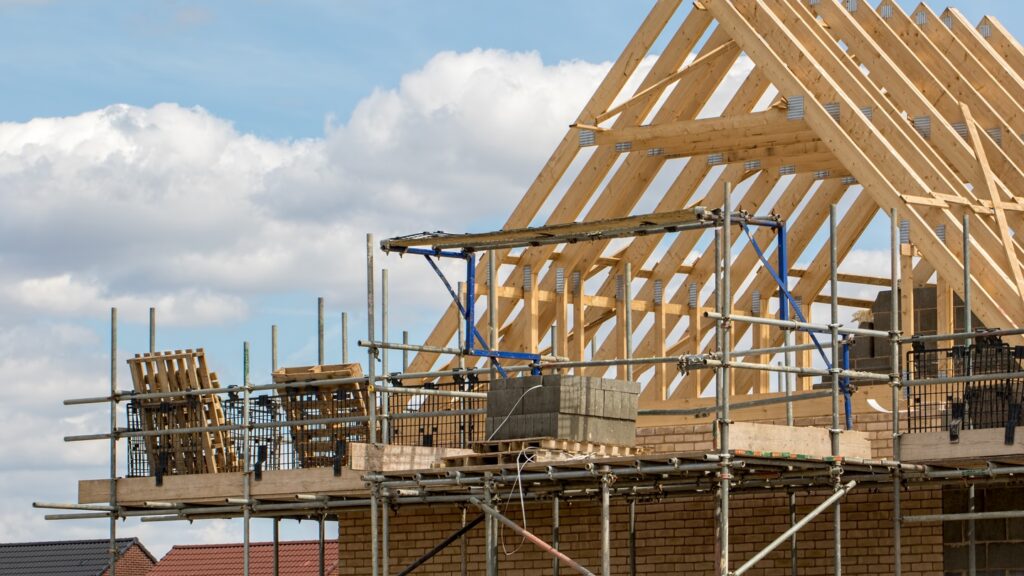What chance does any housing strategy stand without agreement on the target?

With so many property reports issued over the past quarter, you may have missed a recent one by Bank of America focusing on Ireland’s housing market. Why is this report more important than other, perhaps more locally-nuanced, reports? Simple, it is a matter of influence. As important as it is to be fully informed on the local marketplace, it is equally important for Ireland-based operators to know what commentary is circulating about the Irish property market outside of the country. While the data and facts ought to align, often, the accompanying commentary does not.
According to the Bank of America report, rising building costs could lower Ireland’s housing supply and increase prices. Further lowering of supply is a very real threat to the market as the industry struggles to regain momentum after the disruption of construction over the past 15 months. The report also notes the huge increase in household savings over this period, which is estimated to be in the region of €15 billion. Despite the ongoing labour shortages across construction, there is certainly an appetite to catch up with housing targets, with offsite and other modern methods of construction, or MMC, undoubtedly set to play a key role in facilitating this. However, this can not be achieved in the face of substantially rising construction costs.
The Bank of America report opines that current house price increases have been stronger than expected and that firm growth is likely to be maintained for the next two to three quarters. However, the rising cost of construction materials and other issues arising from Brexit could have a negative effect on the market in numerous ways, irrespective of higher property prices. For example, lower profit margins, which in turn impacts on financing and other critical resources. Interestingly, the report described the Central Bank’s macro-prudential mortgage rules as being relatively restrictive and goes further to suggest that these rules may have contributed to restraining net mortgage lending in the past few years.
This is the latest in a wave of criticism of Ireland’s mortgage lending rules, which are described as “conservative” in the most recent housing report issued by Ireland-based stockbrokers Davy. According to Davy’s report, the State will need to build in excess of 200,000 homes over the next three years. In the context of these demand figures (200,000 homes over three years), it is noteworthy to see Ireland’s budgetary watchdog, the Irish Fiscal Advisory Council (IFAC), seeking clarification from the Government as to how it would pay for the building of 40,000 (or 120,000 over three years) homes per year, as stated by Tánaiste Leo Varadkar at the recent Fine Gael ard fheis, while still being able to retain the €4 billion investment in healthcare outlined in last October’s budget.
There is a big gap between 120,000 homes and 200,000 homes. Again, the data may well align but the commentary does not.
Ian Lawlor
086 3625482
Managing Director
Lotus Investment Group
